What if you got separated from your family during an SHTF?
How would you get help when the worst is still yet to come?
In an SHTF event, it’s possible to do Long Range Communications using Budget Ham Radios and Satellites!

Long Range Communications Using Ham Radios and Satellites
I was tinkering with my Baofeng radio today while doing some research on communications when I made a discovery. You can do Long Range Communications using Handheld Ham Radios and Satellites!
As long as there are satellites orbiting the earth, you can communicate hundreds of miles using a handheld radio (HT). This really expands the abilities of the Baofeng handhelds.
What is a Handheld Ham Radio
The success of commercial FM repeaters from the past urged the creation of the handheld Ham Radios. The people are demanding low-cost and convenient mobile phones. This innovation became a hit and was satisfied by the domestic and even foreign manufacturers.
This handheld radio is also called popularly as walkie talkies. It operates on UHF, VHF, and some HF frequencies.
Ham Radio’s Range, Before and Today
The Early 90’s
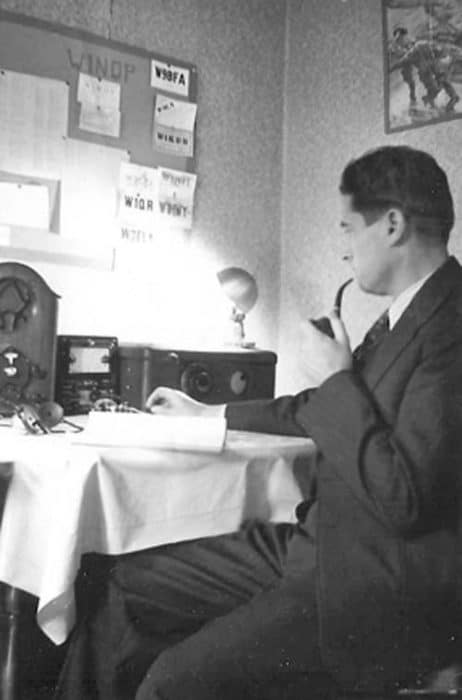
In the 1900s, the amateur stations were measured by yards, then grew into blocks. However, the lack of power and electricity hinders the growth of the range of these stations. And as years went by, the electricity has improved, as well as technology. Which means that the higher the power supply, the farther the miles you could reach.
As this popular hobby from the past that garnered popularity, interest, and importance in our everyday lives, Congress passed the Radio Act of 1912 for regulation purposes. This act requires amateurs to pass the licensure exam and processes for them to operate Ham Bands.
Amateurs are only given a cap of 200 meters restriction to the single wavelength. In 1914, the American Radio Relay League found out that if stations are well-built and organized, the range of communication can travel a longer distance.
In 1924, England and New Zealand had contact with each other. Imagine how far both countries are from each other. It is 11,427 miles apart, and Ham Radio did connect the two countries. Also, Ham was used to communicating during the wars.
The Late 90’s
In the late 1980’s they tried to ride a space shuttle carrying a 2-meter rig to test whether communication would exist. And they became successful, satellites they have sent in space had brought back pictures, which are beneficial for education and further research about the area.
Today
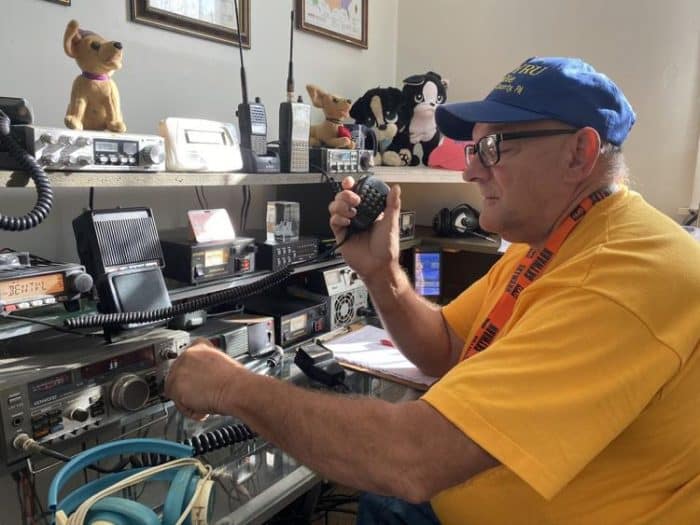
The Ham was honed for a very long time. And today, we have high-tech Amateur Radios such as our phones and television, sending signals from the ground to the ionosphere and even to the moon. Basically, you can connect with anyone, anywhere in the world.
Understanding Long Distance Ham Bands
Propagation
One of the most critical considerations on different ham radio bands is its propagation. Propagation is the sound, motion, and light waves in a medium. Propagation rules will facilitate the distance between the signals, whether it can be meters away, or across the globe.
Ionosphere
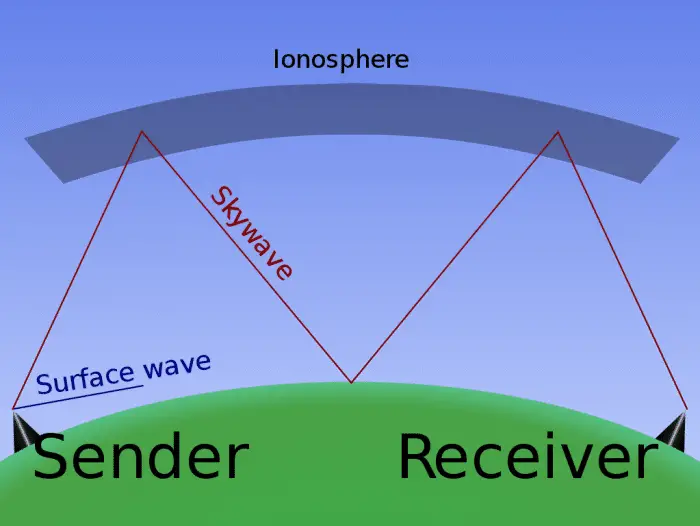
Through the ionosphere, you can contact as far as a few hundred kilometers up to whoever you want to communicate within a different continent. The ionosphere is located in the upper part of our atmosphere. They refract radio signals to bounce back to the Earth, making a long-distance communication possible.
The Band Rule
Band wavelengths are inversely proportional to the frequencies. The lowest frequency band offers you the highest meter band or range, vice versa. Since the ionosphere can travel across long distances, it is frequently called short-wave bands. The latest meter bands can now travel up to 2200 meters frequency in 135.7kHz
Tropospheric Propagation
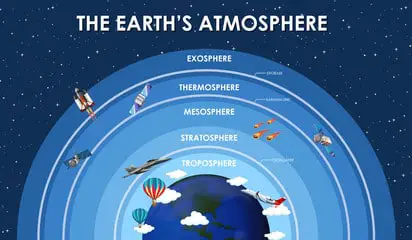
The troposphere is a part of the atmosphere that is closer to the Earth’s surface. Its performance can be degraded, and at the same time, enhanced by various weather conditions. Sometimes, when a lift happens, you can contact greater distances than usual.
VHF Band
The troposphere is the most prevalent region in this band. It can travel distances in the broader mileage since the lower end portion of this band is affected by the ionosphere propagation. However, signals can be affected by weather conditions. This is perfect for outdoor purposes. VHF can work well regardless of the crowd and noise disruptions.
UHF Band
UHF or Ultra High-Frequency Ham Bands is also known for its shorter wavelengths. Most of the time, it can communicate over 30 miles of distance. These kinds of frequencies work better indoors since their wavelengths are more concise. Also, they can easily penetrate concrete walls, as well as steels. It also has shorter antennas. Although it may contact and travel at greater distances, it is not still guaranteed to be stable. However, when compared to the VHF Band, UHF signals can travel more distance.
136 kHz Band
This type of band is not widely used in all countries. However, it is the shortest wavelength of all groups and believed to be the most comprehensive distance coverage of all if developed and studied well. Currently, people are curious about it, and it is considered as a bandwagon nowadays.
Gear Needed to Setup a Long-Range Communication and How to Do It
Any level of the license can operate a satellite. Here are the following gears and steps in setting up a Ham Satellite:
1. For you to make contact, you need to transmit and receive on both 2 meters and 70 centimeters.
2. You must have an antenna and a satellite phone.
By adding a better and longer antenna to your handheld, it can greatly increase the transmit/receive range of the radio over the stock rubber-duck antenna. Try to consider upgrading your antenna into these following antenna brands:
- Baofeng MFJ-1717SF
- Baofeng ExpertPower 14.4 inch Antenna
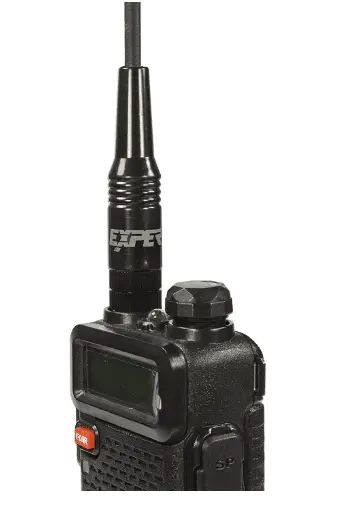
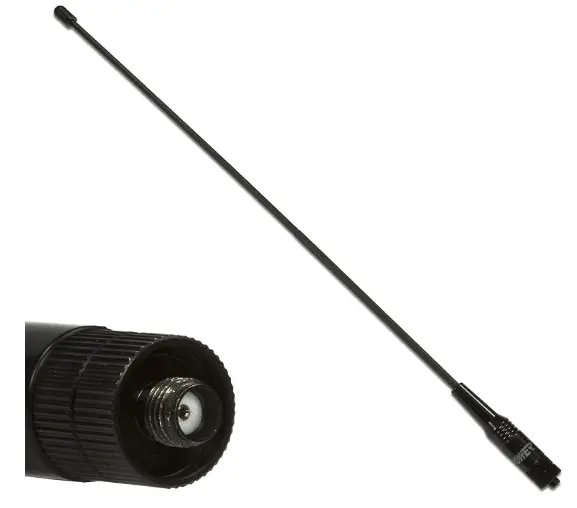
If you’re using the TYT TH-UVF1, or another radio (Icom, Yaesu, but check your manual for verification) that utilizes SMA-Male Connector antennas:
- MFJ-1717S
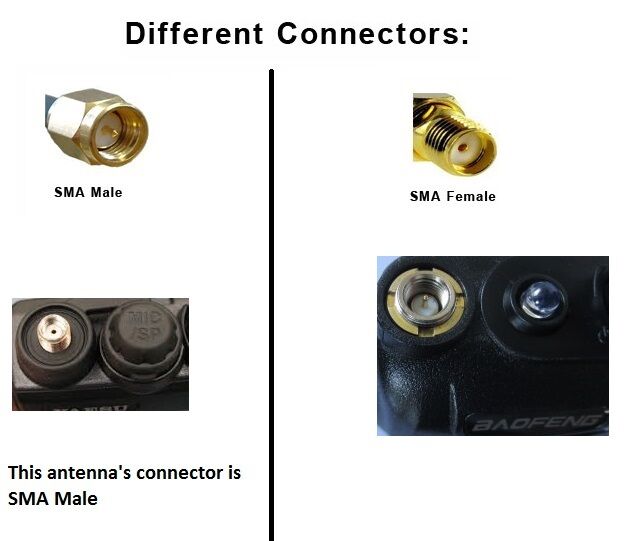
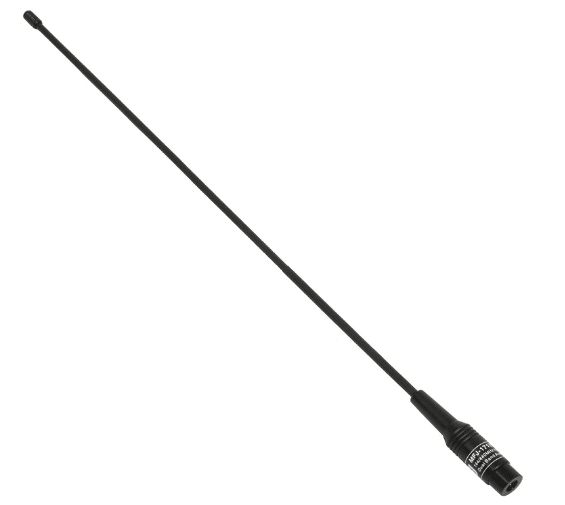
- ExpertPower 14.4″ Antenna
3. Attach your 2-meter radio on your antenna.
4. To isolate your signal transmission from your receiving radio, you must have a diplexer.
Diplexers make the encoding and decoding of messages, as well as the contact possible.
5. Start with a satellite that’s easy to work, SO-50.
SO-50SAUDISAT 1C (or SO-50, Saudi-OSCAR 50) carries a mode J FM amateur repeater experiment operating on 145.850 MHz uplink and 436.795 MHz downlink.
The repeater is available to amateurs worldwide as power permits, using a 67.0 Hertz PL tone on the uplink, for on-demand activation.
SO-50 also has a 10-minute timer that must be armed before use. Thus, first transmit an initial carrier with a PL tone of 74.4 to arm the timer.
6. To practice, try going to AMSAT or N2YO.com.
You can also download satellite tracking apps such as GoSatWatch and SatSat for iPhone users, and AMSATDroid or Heavens-Above for Android users. Through this, you can find where SO-50 is currently situated.
In these apps, you can get the latest pass information about the satellites. Through this, you will be able to create contact since you have the idea of what among the 2 meters and 70 centimeter is uplink or downlink.
Most satellites pass 5-6 times a day. Therefore, make sure that you point your antenna to them. The mentioned apps will serve as your pass predictor.
7. Remember that every pass is different.
It is also vital that you are in a vast space without any obstruction. Try rotating your antenna as you watch on your pass predictor. Lastly, you will hear static sounds on your radio as you tune it, try optimizing your radio on the signals between them.
8. Do your research.
Here is a website, www.work-sat.com, dedicated to HAM FM communications via Satellite Communications.
They have 2 files that will be very helpful:
- 4 page tutorial on Satellite/HAM communications in PDF format: WorkSat-08112019.pdf
- A cheat sheet for programming the Satellite Communications freqs: HT programming for the “easy” FM voice amateur satellites
Baofeng using SO-50 to communicate from Florida to Texas
Best Ham Radios Today
When buying a ham radio, it is choosing which model can be challenging and brings headaches to first time buyers. Every model has its specialties that make them different from the rest.
So to clear things up, we’ve listed the top brands in 2020. The following models of ham radio will make your decision-making a whole lot easier. Remember, it’s excellent to choose without breaking a sweat.
1. Yaesu FT-270R
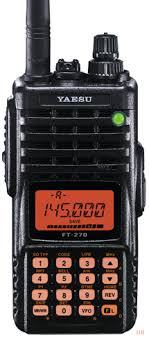
Performance and quality are always the basis when purchasing. Even ham radios are not exempted from this. Yaesu FT-270R is undoubtedly the best among the rest with its fantastic features and built-in functions. It is equipped with four power settings and has the ability to scan CTCSS/DCS modes through an advanced search system.
What’s mind-enticing with this is it picks up the majority of VHF frequencies which means that it can communicate in long distances as well as crowded and noisy areas. It efficiently transmits 140 MHz-148 MHz bands and receives 136 MHz-174 MHz bands as well. Remember that lower frequencies like this reach other parts of the globe.
Yaesu FT-270R is best to work with an arrow antenna, Yaesu V8XR handheld transceiver, attached with 2-meter yagi. The antenna uses the SO-50 satellite and it will create outstanding receiver audio. If you made this, it is possible to make a 1500 contact in 49 out of 50 states.
2. TYT UV8000E
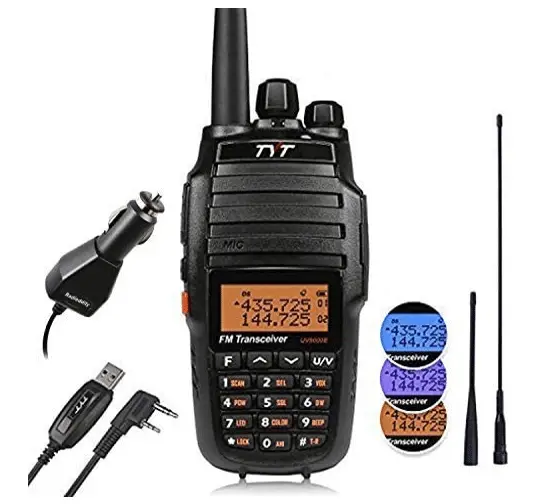
This is an affordable ham radio that exhibits a good performance level. It only has a two-variable power setting compatible with both UHF and VHF frequencies. It has a Dual-Tone Multifrequency function (used when dialing telephone numbers) that gives way to remote operations.
Having these two kinds of frequencies means that you have a greater chance of communicating on farther distances. Communication indoors will not also be a problem because of the UH frequency mode.
TYT UV8000E can store 128 channels and initially has 25 built-in channels which gives you high possibilities of connection to a satellite.
This gives you the chance to keep the desired channels, both local and international, including weather stations. It is suggested that you should use a long-thin antenna, rather short-thick for better and broader range communication.
3. Yaesu VX-6R Submersible
As its name suggests, Yaesu VX-6R Submersible can be brought and submerged underwater. With the help of its waterproof, sturdy casing, it becomes possible for the device to stay 3 feet underwater in 30 seconds.
By having a 22-inch SMA antenna which is so affordable, and by just attaching a long wire to it, and waiting for the ISS satellite to pass by, you can use this one for long-distance communication. Also, most of the satellites that this Yaesu VX-6R uses is FM.
The best time to use Yaesu VX-6R Submersible is when going camping, trailing, or trekking since it is durable. It can withstand any kind of weather, including harsh conditions.
4. Baofeng BF-F8HP
This handheld Ham Radio has the maximum output power of 8 watts and a speaker output of 700mw. Its frequency range in VHF is 136 to 174, and 400 to 520 in UHF.
As what we have discussed earlier, 136mHz is the lowest frequency which can connect to far places. To make a contact, you must get the right timing. Preferably, you may download a satellite detector.
It is easy to operate and set up. Nagoya NA-771 antenna works well with this radio. Try to know when the AO91 satellite downlink will pass through your detector. Type the receive frequency (145.960) into your screen.
Lastly, try to move sideways to get the angle for you to make a contact. Also, try connecting with AO-85 satellite and ISS.
5. Kenwood TH-D74A
This handheld Ham Radio has the maximum output power of 5 watts. Its frequency range in megahertz is 144, 222, or 430. It can not be used for cross-band full-duplex operations.
However, it is good to know that this works well with most of the FM stations AO-85, SO-50, LilacSat-2. You can also try to wait for the AO-73 satellite to pass by since it also works well with this satellite.
It can connect to different countries such as Hawaii, US, and Mexico with proper setup and gear.
6. BaoFeng UV-5R Dual Band
This handheld Ham Radio can connect to the Saudisat SO-50 satellite using the Cubex Dual Band Satellite. You can also use MJ 1717s antenna.
To know when the Saudisat SO-50 will pass, try to install the Hamsat or Prosat app. There is no problem if you won’t use it’s dual-band mode. It is fine if you are setting it up without a duplexer. You can now connect long distances.
7. Yaesu FT-60R Dual Band
This handheld Ham Radio has the maximum output power of 5 watts Its frequency range in VHF is 144 to 148, and 430 to 470 in UHF.
It is a great HT for anyone desiring solid performance on the 2M and 440 ham bands. It is not a full-duplex but you can program split frequencies. This works well on FM satellites.
This works well on affordable antennas such as SRH77CA, MFJ1717S, and Comet SMA24J.
Why is Ham Radio Best for Survival Mode?
The value of communication in today’s time can not be denied. How much more during times of crisis where there can be scarce of everything. The interface can make transactions more convenient, more so if done apart in farther distances.
Crisis happens in times we do not expect. You must consider communication as one of your top priorities, together with water, food, and clothing. In this way, when desirable occurs, you will be able to ask help right away.
You may think of “how can I continue the communication when the power is down?”. Ham Radio operators have thought of that ahead of time. That is why Ham Radios are one of the best ways to still connect even though there is a lack of power.
What you need is a solar panel generator ready. So even if both electricity and cellular signals are gone, you can still connect with the people outside. May it be to ask for help or hear news on what is currently going on.
Conclusion
Our life is full of undesirable and unforeseen events. We need to devise some strategies and skills for us to survive. One of the essential things in a survival mode is making communication up at all times. Through this, we will seek help, ask for our necessities, and connect with our loved ones regardless of power loss and cellular signal loss.
Ham Radios and satellites can cover long distances communication. Also, the beneficial side of this is that it can work on low power mode and is easy to tinker and operate. Have a stock of your Ham radio for SHTF, never let a family member get left behind.

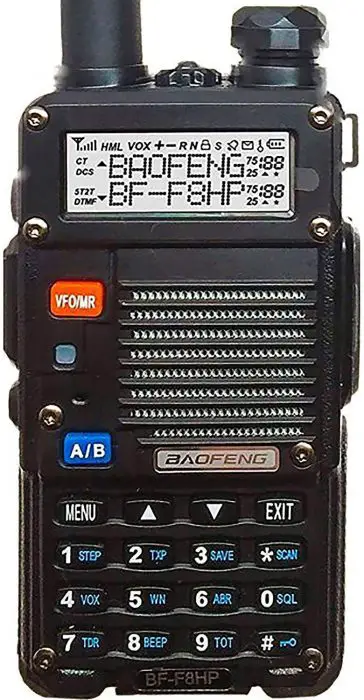
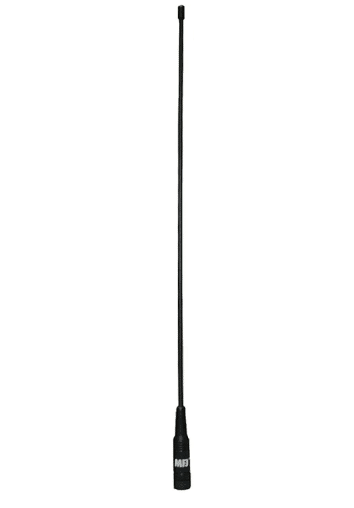
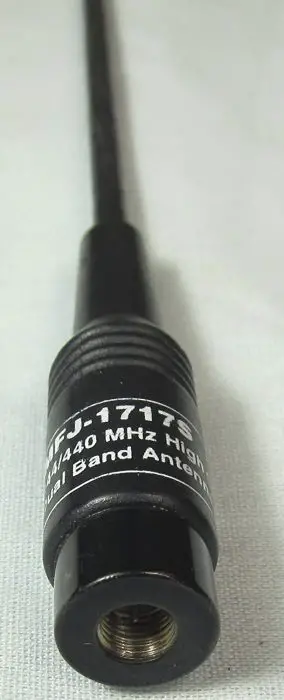
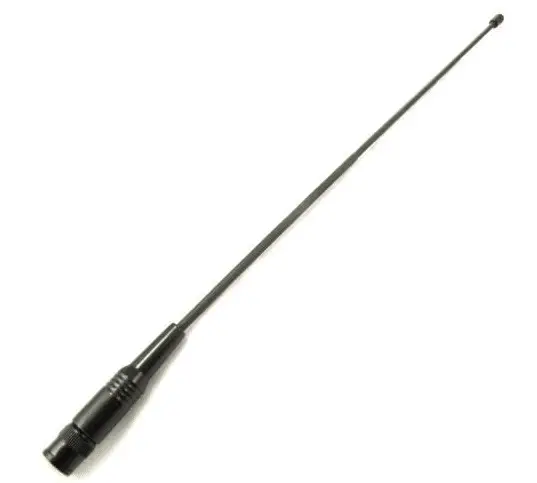
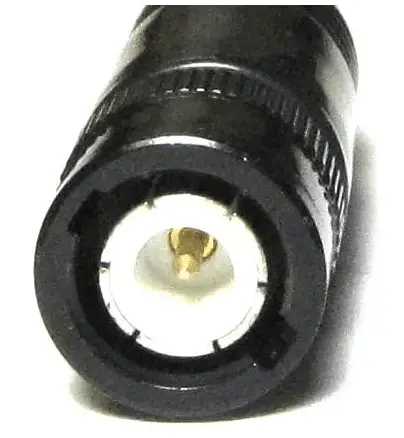


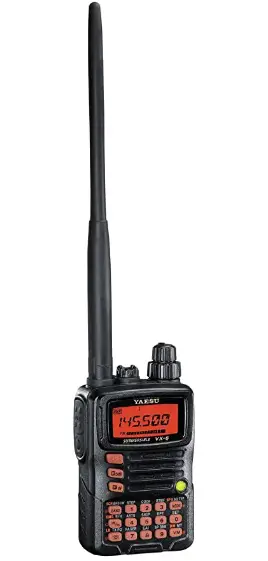

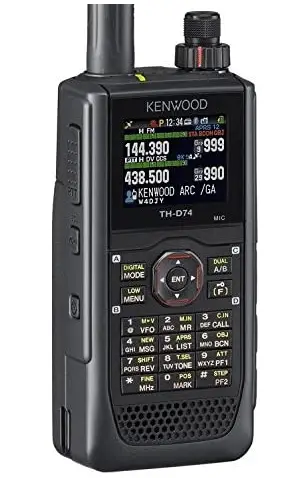
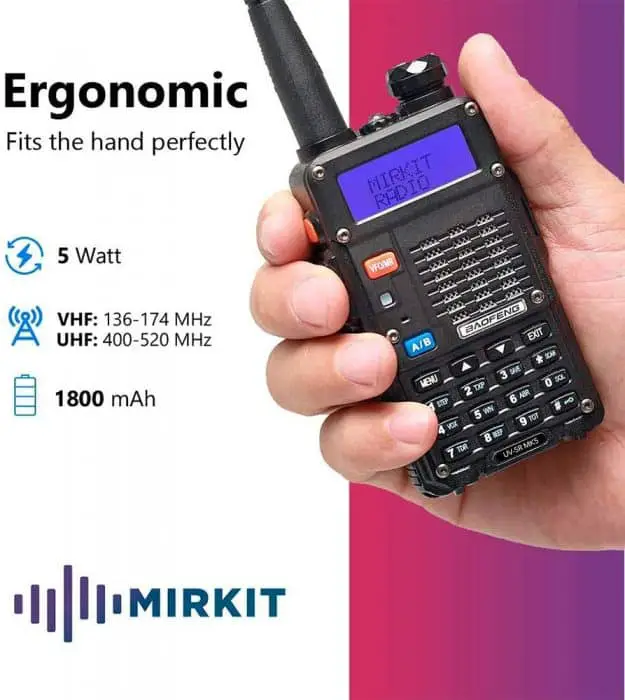
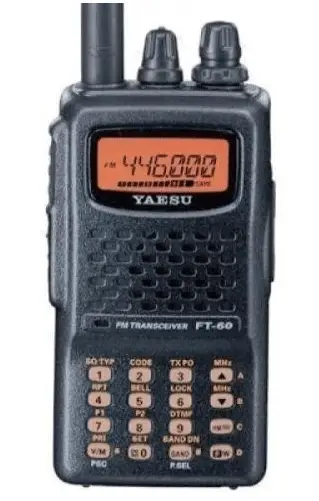
This is awesome man. I just actually got a UV-5R a couple weeks ago and happened to come across this.
I’m a super new HAM, so I’m still learning how to even transmit, but will have to give this a rip!
thx,
Dan
Updated link to pdf – https://www.work-sat.com/Work-Sat/Home_files/satbr28_1.pdf
I have done some pretty extensive work with HAM radio and satellite comms. There are several challenges that you would need to overcome to work the FM easy SATs. The first would be knowing which satellite is going to be over head at exactly what time of day and exactly where it will come up over the horizon. The pass of each satellite only lasts around 8-12 minutes as they are not in a geosynchronous orbit.
There is software out there can can use the tracking data that’s available and generate a real time map of the satellite locations and let you know when the next passes would be.Try this, its’s free and works remarkably well. During a SHTF this software will become unreliable because it gets it’s tracking data from the internet.
With just an extra long whip you may find it rather difficult to follow the satellite overhead and get a good signal. I would HIGHLY recommend a 2m/440mhz dual band yagi for talking to satellites.
The yagi will give you enough signal gain to reliably hit the bird in the sky. You might also want to consider mounting the antenna onto a cheap tripod which would allow you to easily track the bird through its arc in the sky. The antenna in the link above can quickly be disassembled and fits into a small carrying bag. This makes it great for heading out away from your home to initiate communications to prevent unwanted people from triangulating your location. The yagi will also give you a very focused and narrow beam transmission which will also make it more difficult for tracking and triangulation.
Fantastic comment, my friend! This is great information! I hope to see more like this.
but what does one do when theres no power, nor internet? One wont be able to track satellites. Is there something that can be powered from a solar generator that can track satellites? What would preppers do in this situation not knowing where the satellites are?
I know this is a rather old post, but for a few years, I have been using the android app “ISS Detector.” It is free (but for a couple of dollars it gets much much better).
This app allows you to get info on when the ISS and all satellites out there will be passing in your area. It gives you the frequencies of each and a comoass so you can aim your phone or radio. And it even has an alarm to alert you that a pass is coming up.
It comes with real-time graphs of the passes and has links to several ISS- and satellite-related links.
Give it a try.
Richard, KR4ZAN
thank You for the info could you please tell me what is the rang on the yagi ,
Check out. GARMIN INREACH.
That would be a great buy if it also included HAM or even a 2-way radio feature… Still a great device to have in case of an emergency situation. For $450.00 though I was hoping it would have a built-in walk talkie or HAM radio to make it more practical and get more usage from it.
I enjoyed this article.
Keep up the great work
I have a BaoFeng BF-F8HP. Its tremendous power output is one of its most prominent attributes. The output of this type is 8 watts as opposed to the UV-5R of an earlier generation, which has a 4 watt output. I have three settings to pick from, high, medium, and low, depending on what is appropriate for the circumstance.